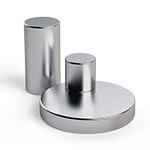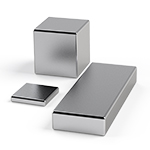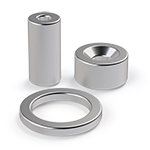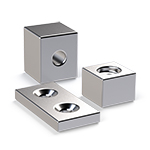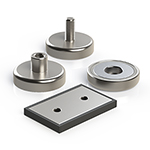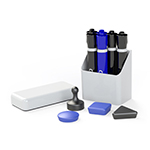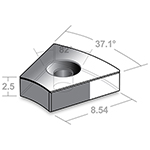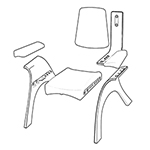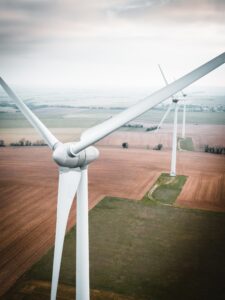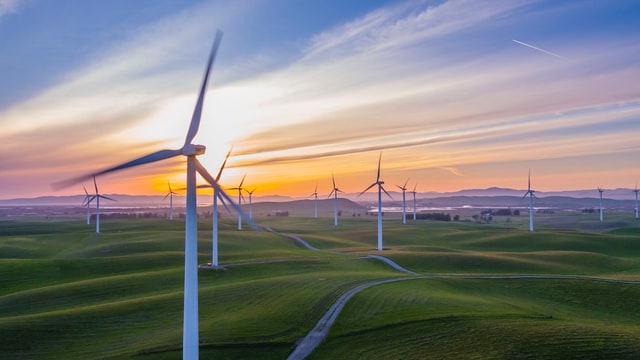
Wind Power: Clean Energy with Magnets
Wind energy has developed into one of the most viable clean sources of renewable energy in the world. It reduces air pollution, including sulfur dioxide, nitrogen dioxide, nitric oxide and particulate matter often emitted from other energy production methods.
In the United States, wind energy is one of the fastest growing energy sources in the utility sector. According to a US Department of Energy report, wind energy could generate up to 20% of the nation’s electricity demand by 2030. U.S. wind producers are expected to double existing production capacity from 113 GW in 2020 to 224 GW by 2030.
How do wind turbines work?
Modern wind turbines are complex pieces of equipment, with many moving parts. In a standard wind turbine, the large fan blades are turned by high winds. Those blades are connected to a central generator that converts the motion into electricity.
Wind turbines and generators require very strong permanent magnets. Rare earth magnets, like neodymium magnets, are used in some of the largest wind turbines in the world. These magnets, made of neodymium, iron and boron, are the strongest type of commercially available permanent magnet.
Neodymium magnets provide efficient electricity generation. They’re used in wind-turbine designs to reduce costs, improve reliability, and lower the need for expensive maintenance.
How have wind turbines changed from earlier models?
In recent years, permanent magnet generator (PMG) systems in wind turbines have eliminated the need for gearboxes. This has led to more cost-efficient, reliable operation. This has also reduced maintenance requirements and enhanced grid compatibility.
Magnets allow mechanical gearboxes to be removable. This helps meet the operational and economic challenges of modern wind turbines.
Large neodymium magnets can produce a magnetic field that does not need an external power source. This eliminates the need for certain parts used in older systems that require additional maintenance.
Newer turbine designs allow the system to capture energy from slower wind speeds, helping to increase efficiency. Smaller batteries or capacitors can be used without reducing the amount of power generated by the turbine.
Where else do you find magnets in wind power?
Magnetic mounting solutions can be used to securely attach ladders and other equipment to the steel tower walls.
The inside of a wind turbine is usually crowded. It’s full of cables, ladders, and other equipment to allow workers access to the turbine housing. This equipment must be secured safely to the wall of the tower. The traditional solution has been to mount the equipment with bolts or welds.
Drilling holes through the tower wall can compromise the overall integrity and safety of the tower. Drilling and welding can hasten metal fatigue and corrosion. Magnetic mounting solutions reduce construction time and costs. They can also protect the tower’s integrity and minimize the risk of metal fatigue or corrosion.
Today, the demand for cleaner energy continues to grow. Wind still plays a relatively small role in overall energy production. Permanent magnets play a crucial role in the conversion of wind power to electricity. They’re an essential component in the design of wind turbine generators.
Whether it’s an offshore wind farm or a high-performance wind farm somewhere along the plains, when it comes to wind power, magnets are an essential component.
